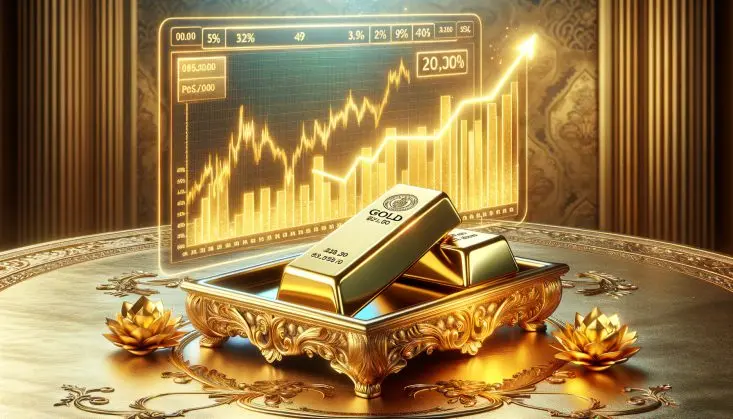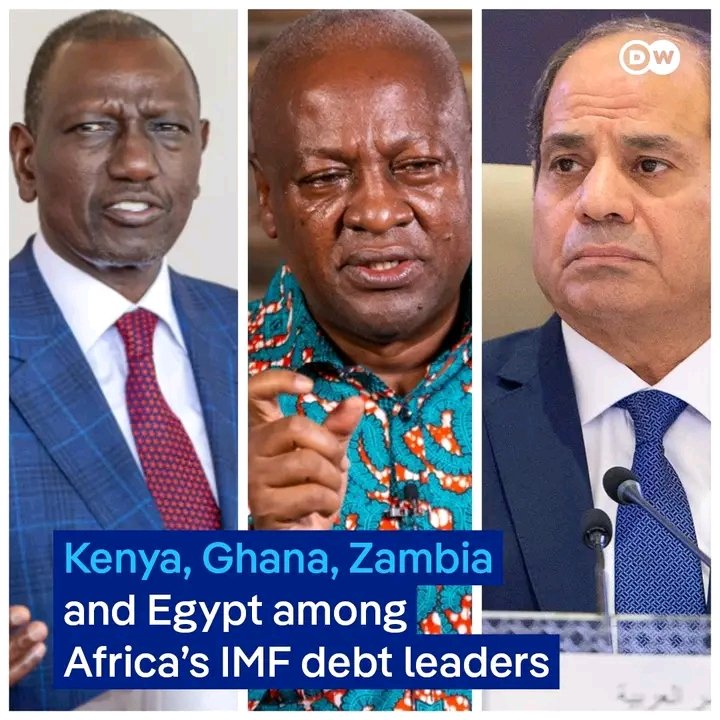
NEW YORK/LONDON – Gold prices surged into uncharted territory this week, decisively breaking the $4,000-per-ounce barrier for the first time in history as investors flock to the ultimate safe-haven asset amid a perfect storm of economic anxiety, political turmoil, and a deepening U.S. government shutdown.
The milestone, a psychological high point for markets, caps a stunning rally that has seen gold rise approximately 54% this year, putting it on track for its best annual performance since the 1970s.
A Convergence of Catalysts
The rally accelerated due to several immediate factors:
· U.S. Government Shutdown: The ongoing shutdown, now in its second week, has left traders and policymakers in the dark by delaying crucial economic data, including monthly jobs and inflation reports. This uncertainty has forced markets to rely on secondary data, amplifying volatility and driving demand for stable assets like gold.
· Weakening Dollar and Rate Cut Bets: The U.S. dollar has depreciated significantly this year, making dollar-priced gold cheaper for overseas buyers. Furthermore, markets are firmly pricing in interest rate cuts from the Federal Reserve, with a quarter-point reduction expected at its late-October meeting. Lower rates reduce the opportunity cost of holding non-yielding assets like gold.
· Geopolitical and Political Stress: Ongoing conflicts in the Middle East and Ukraine, combined with political instability in regions like France and Japan, have sustained a steady “flight to safety” among global investors.
Broader Market Frenzy and Expert Outlook
The gold rush has ignited a broader frenzy in the precious metals market. Silver, often called “poor man’s gold,” also hit a record high near $49.50 an ounce, buoyed by the same factors plus tight physical supplies.
The bullish sentiment is echoed by major financial institutions and prominent investors. Goldman Sachs raised its price forecast for December 2026 to $4,900 an ounce, while Michael Langford, chief investment officer at Scorpion Minerals, projected a target of $4,300 within six months.
Billionaire investor Ken Griffin voiced a concern resonating with many: “The development of gold as a safer asset than the dollar is really concerning,” he told Bloomberg, noting a trend of investors seeking to “de-dollarize” their portfolios.
Central Banks and Retail Investors Pile In
A fundamental driver of gold’s strength over the past few years has been relentless buying by central banks. Since 2022, global central banks have purchased over 1,000 tonnes of gold annually, a sharp increase from previous years, with China, Poland, and India among the leading buyers. This strategic shift away from heavy reliance on U.S. Treasuries and the dollar has provided a solid floor under gold prices.
Simultaneously, retail investment has exploded. A record $64 billion has flowed into gold-backed exchange-traded funds (ETFs) this year, according to the World Gold Council. Gregor Gregersen, founder of Silver Bullion, reported that his customer numbers have more than doubled in the last year as individuals seek a tangible safeguard against uncertainty.
Warnings of a Potential Correction
Despite the euphoria, analysts caution that the market is showing signs of being overbought. The Relative Strength Index (RSI), a key technical gauge, has reached extremely high levels, suggesting a correction could be imminent if the current drivers of uncertainty, such as the U.S. shutdown, resolve quickly.
“Gold is often seen as a hedge against uncertainty, but the hedge can be unwound,” cautioned Christopher Wong, a rates strategist at OCBC Bank.
Nevertheless, the prevailing mood remains bullish. As Matthew Piggott of Metals Focus stated, “With these factors persisting into 2026, we fail to see any catalyst for gold to meaningfully retrace at present. Therefore, we expect gold to continue to push up throughout the year to attempt a challenge of $5,000/oz.”










